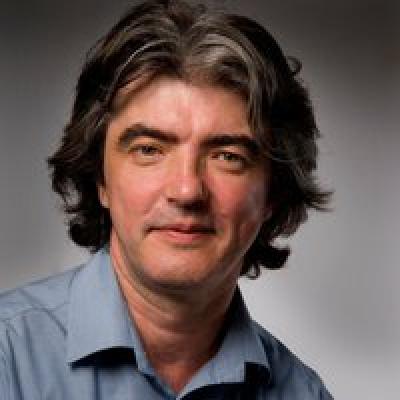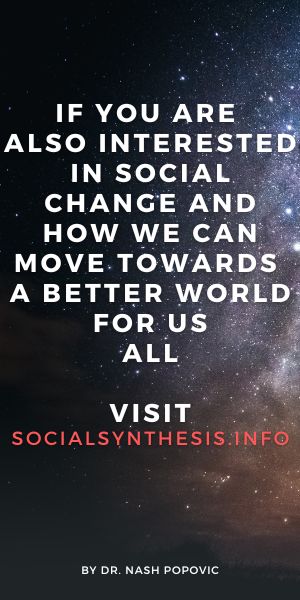THE NATURE OF LIFE
Intent

Written by Dr. Nash Popovic
What intent is not
Intent is different from other possible triggers of activity, such as instincts and urges, reflexes, desires, and even will. Instincts and urges are reactions or responses that clearly do not need to be intentional. However, the distinction between will and intent may need to be elaborated further because it is not self-evident. Intent is a pre-thought, pre-language (in other words, pre-construct) phenomenon, while will has a cognitive basis, closely related to conscious decisions. As the former is not constructed it can never be precisely formulated, while the latter can.
The already mentioned experiments by Libet provide support for the difference between will and intent. In the case of a voluntary action, such as moving a finger, for example, a pre-verbal and pre-thought energy impulse (intent) first initiates a neuronal activity. This is called readiness potential (a tension before an action, detected by EEG as a voltage change in the brain region associated with such action). Formulating the impulse (a cognitive process known as decision and normally associated with will) comes later. It is like a driver who first starts the engine, and only after a few moments moves the car. So, in a way, the engine is prepared for the action before the driver decided to move the car – but after he had intended to do so. Congruent with Libet’s own conclusions, will (decision) has a purpose either to veto or proceed further with the intended action (see Libet, 2004).
Of course, many other physiological, environmental, and mental factors (e.g. needs, social pressure, personal principles) influence will.
Animals and human infants do not show much will (they may exhibit the peculiarities of their character, but this is not will). They have little overall conscious control of their actions. Intent, on the other hand, is present in all life forms from the beginning, although it may not be strong and is often muted by more intense determinants. Curiosity or exploratory drive is an example. The origin of this drive is usually linked to maximising the chances of finding food or a mating partner. But this is not a fully satisfactory explanation for several reasons: curiosity is stronger when those other drives are in equilibrium or dormant; it may involve things that have no relation to food or mating; and there is some truth in the saying ‘curiosity killed the cat’ – from an evolutionary point, curiosity doesn’t have great survival value as it exposes often immature organisms to predators, yet it is persistent. This can be perhaps better accounted for by self-soul’s intent to seek experience. Of course, various processes in the body and mind can modify, enhance or block an intent, but they do not have intent. Such activities are reflexive or conditioned responses. Only the self-soul intends.
What intent is
Intent is the ability of the self-soul system to utilise its energy for directing mental or physical activities. Intent does not act, but creates and maintains differential (or potential), so that the energy itself spontaneously tends towards a resolution. So an intent can be seen as potential in search of a form to realise itself. A simple activity such as looking for a word may illustrate this. A person knows what he wants to express, but he is searching for the way to express it. The tension so created is the result of one’s intent. Once the word is found, it is experienced as a release (as if a pressure has been released). Polanyi and Prosch summarise this process:
Heuristic tension in a mind seems therefore to be generated much as kinetic energy in physics is generated by the accessibility of stabler configurations. The tension in a mind, however, seems by contrast to be deliberate. A mind responds in a striving manner to comprehend that which it believes to be comprehendible but which it does not yet comprehend. Its choices in these efforts are therefore hazardous, not “determined”. Nevertheless they are not made at random. They are controlled (as they are evoked) by the pursuit of their intention. These choices resemble quantum-mechanical events in that they are guided by a field which nevertheless leaves them indeterminate. They are therefore also “uncaused”, in the sense that there is nothing within the possible range of our knowledge that determines or necessitates that they become precisely what they do become. (1975, p.176)
The wave energy from the soul can produce manifest effects due to the receptivity of the brain to scalar wave-propagations[1] and the sensitivity of the neural network to the chaos dynamics. The latter means that vast collections of neurons can shift abruptly and simultaneously from one complex activity pattern to another in response to extremely fine variations. In other words, neural activity is susceptible to so-called chaotic attractors that can amplify the minute fluctuations and affect an overall process although no exact neural path is determined. This is why intent is not specific in terms of the sequences of an activity, but it can influence a general trend.
We have already suggested that the effects of intent can be detected in experimental settings as readiness potential. Readiness potential is linked only to intentional movements, and not to reflex actions such as a scratching or pulling away from something painful. It is also interesting what Libet noticed in his experiments: if his subjects had chosen not to participate actively, readiness potential was very different, which is another indication that it is related to agency and intent.
[1] Scalar waves have magnitude, but unlike vector waves they do not have a specific direction.
The functioning of intent
The effects of intent on the brain are relatively slow and weak:
The self-conscious mind does not affect a direct action on these motor pyramidal cells. Instead, the self-conscious mind works remotely and slowly over a wide range of the cortex so that there is a time delay for the surprisingly long duration of 0.8s… It is a sign that the action of the self-conscious mind on the brain is not of demanding strength. (Popper and Eccles, 1977, p.365)
This is not surprising if the intensity of the material world is taken into account. Intent can be and often is, in fact, muted by physical, social and individual determinants. As it is possible to pay no attention to or override intent, in many cases it may not make a significant difference. However, intent can have a cumulative effect (like drops of water that individually produce negligible results, but their prolonged action can break a rock).
The relationship between awareness and intent
The soul can be shaped unintentionally. Every experience and information restructures its energy field, which happens all the time and does not have to involve intent. Intent depends on awareness, because without awareness it cannot be directed. This means that one has to be aware in order to intend, which is not to say that they have to be aware of their intent permanently. Some intents and their context may be forgotten (the person is not aware of them any more), and yet they can still have an effect. With increased awareness, the potential for intentional control grows as well. Conversely, intent can direct awareness by creating tension that spontaneously turns awareness in a direction that would lead to a release. Intent may also play a role in the process of selecting and extracting pieces of information.
The development of intent
Although it may be weak, intent is present from the beginning, and like awareness it also grows through evolution and development. Being a delicate force, the less a soul is developed, the smaller the role of intent is. With an increase in the complexity of the nervous system, it is much easier to keep stronger factors in a relative equilibrium and be more frequently responsive to the influences of intent. So humans have a greater potential in this respect than animals. The souls of animals are largely shaped through an interaction of bodily instincts and their surroundings, while the self and the intent, although indispensable, have limited direct effect. Although intent can be easily overridden in humans too, there is a greater scope for exercising intent and even the possibility of shaping one’s energy directly. In any case, intent in all species can operate only within the existing boundaries. These boundaries, or the physical aspects of life, and how they relate to the above elements are worth considering and will be briefly addressed next.


